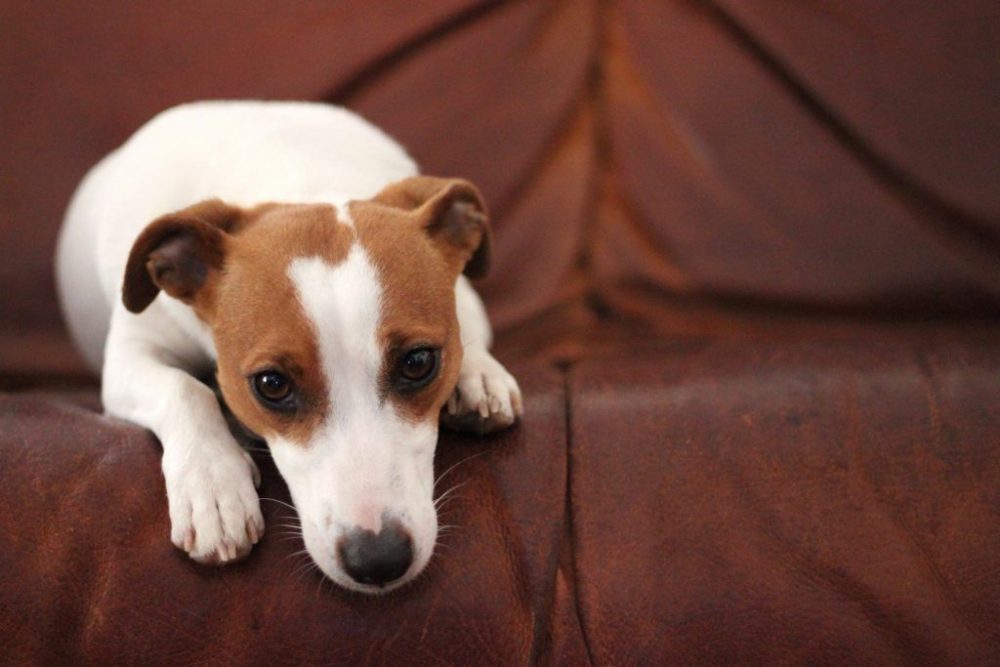

When you leave the house, does the howling of your dog follow you for miles down the road? When you close the door to the bathroom for a moment’s peace, does she scratch at the door and whine until you come out? These are all symptoms of separation anxiety. With time and patience, your dog can overcome these issues so both you and she are happier when you leave the house.
Before you leave the house, you probably have a little routine. You put your shoes and your coat on, grab your car keys, and perhaps turn off some of the lights. Your pup hears the jingle of the keys and the rustling of your coat, and she immediately enters ‘anxious mode.’ To prevent your dog from going down this path, try doing some of these activities without leaving the house. Put your coat and shoes on, jangle your car keys, and then sit on the couch and watch television. Over time, your dog will no longer associate these cues with your immediate departure, and they will become less stressful.
You can also try counter-conditioning so your pup associates your exit with something good. Every time you leave, give your dog her favorite toy or treat. Only give her this treat or toy when you leave the house. Eventually, she will realize that something good happens to her whenever you leave, and will be less anxious about the separation.
Remember, a tired dog is a happy dog. Take your dog for a jog or walk before you leave, so she’s too tuckered out to worry. Hide little treats all around the house, and your puppy will have a blast running around the house trying to find them (just don’t forget where you’ve hidden them!) Try a Kong toy stuffed with treats, or a puzzle toy that will engage her mind.
It can be frustrating (and heartbreaking) when your dog cries out after you’ve shut the door. This is something you and your pup can work through together. Maintain a reassuring voice and presence, but avoid the extremes. You don’t want to coddle your dog, or she’ll learn that she gets good attention from you when she acts out. You don’t want to take the ‘tough love’ approach, either. Your dog needs you to be firm but reassuring. With consistent training and redirection, you can conquer separation anxiety as a team!




